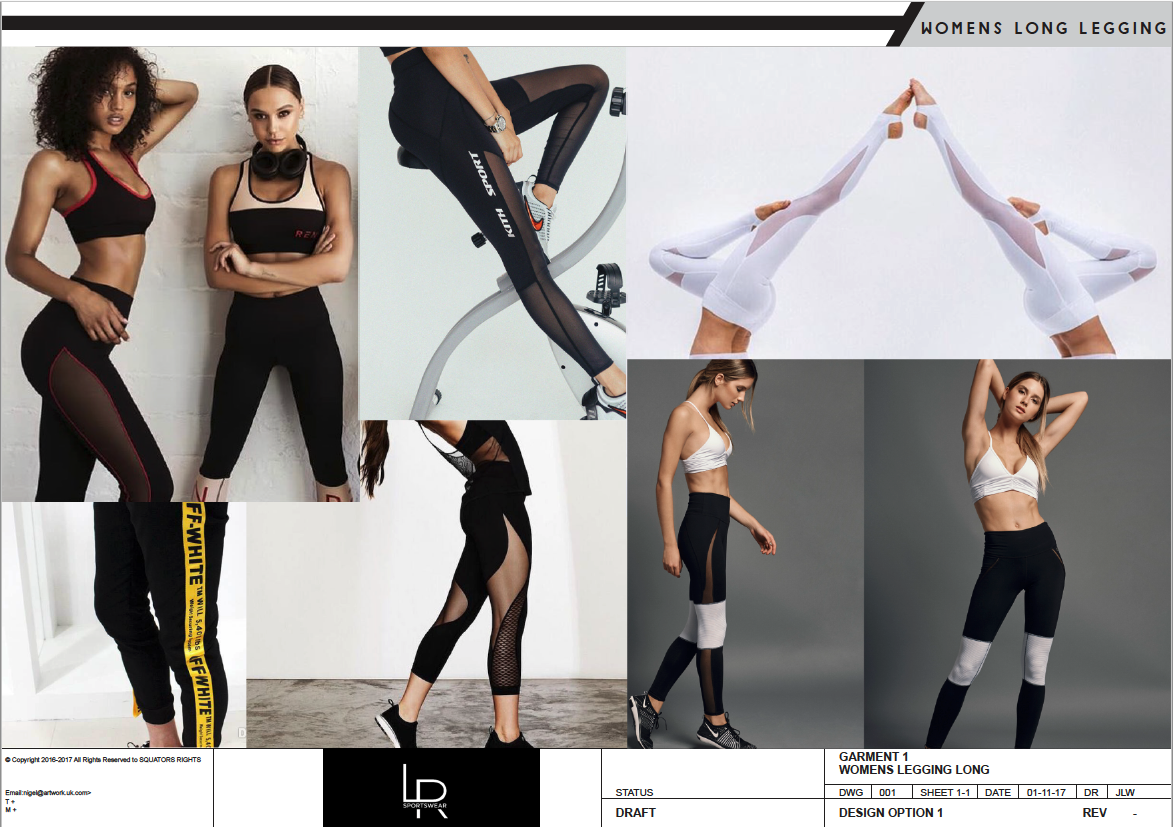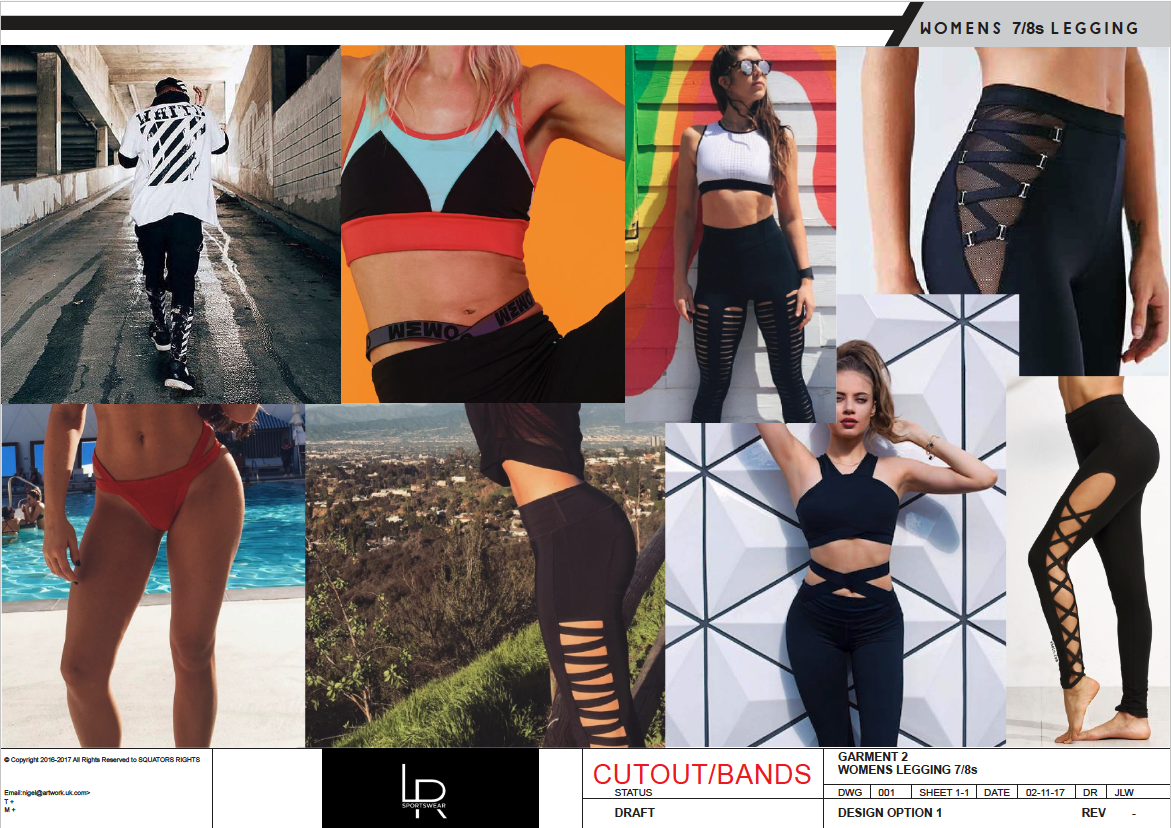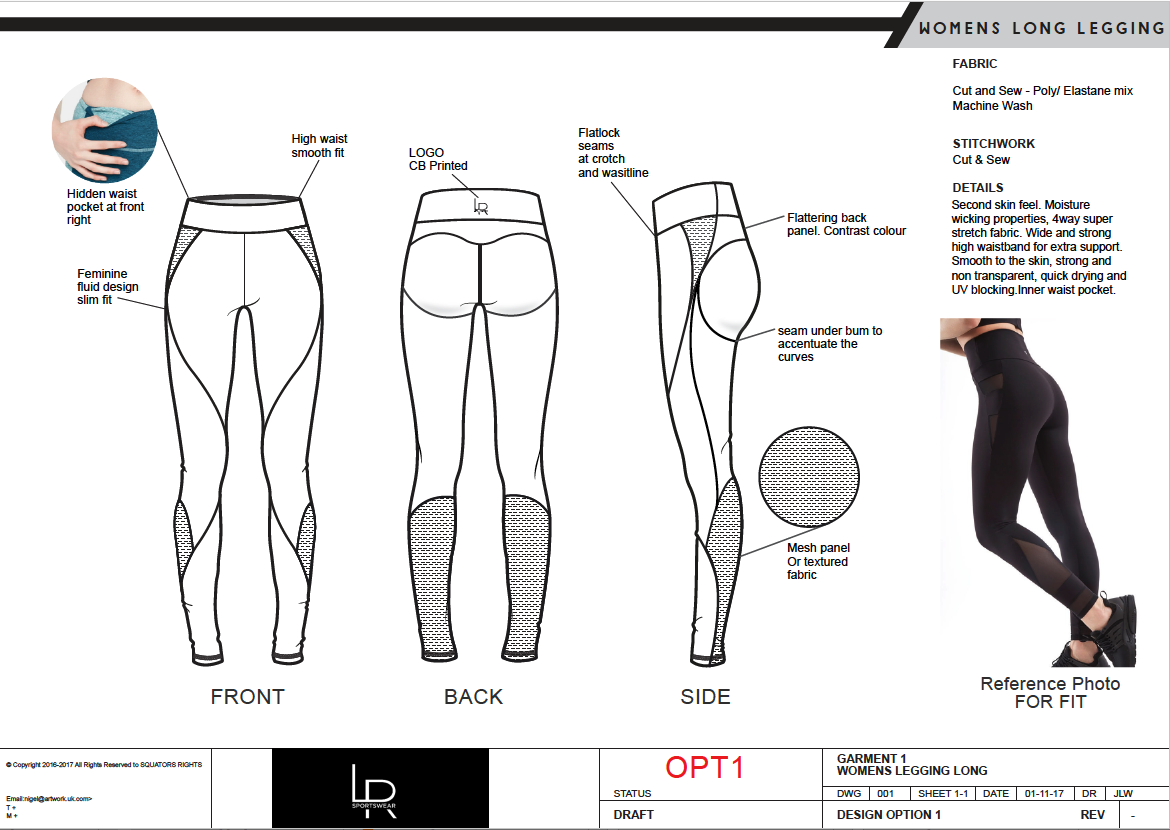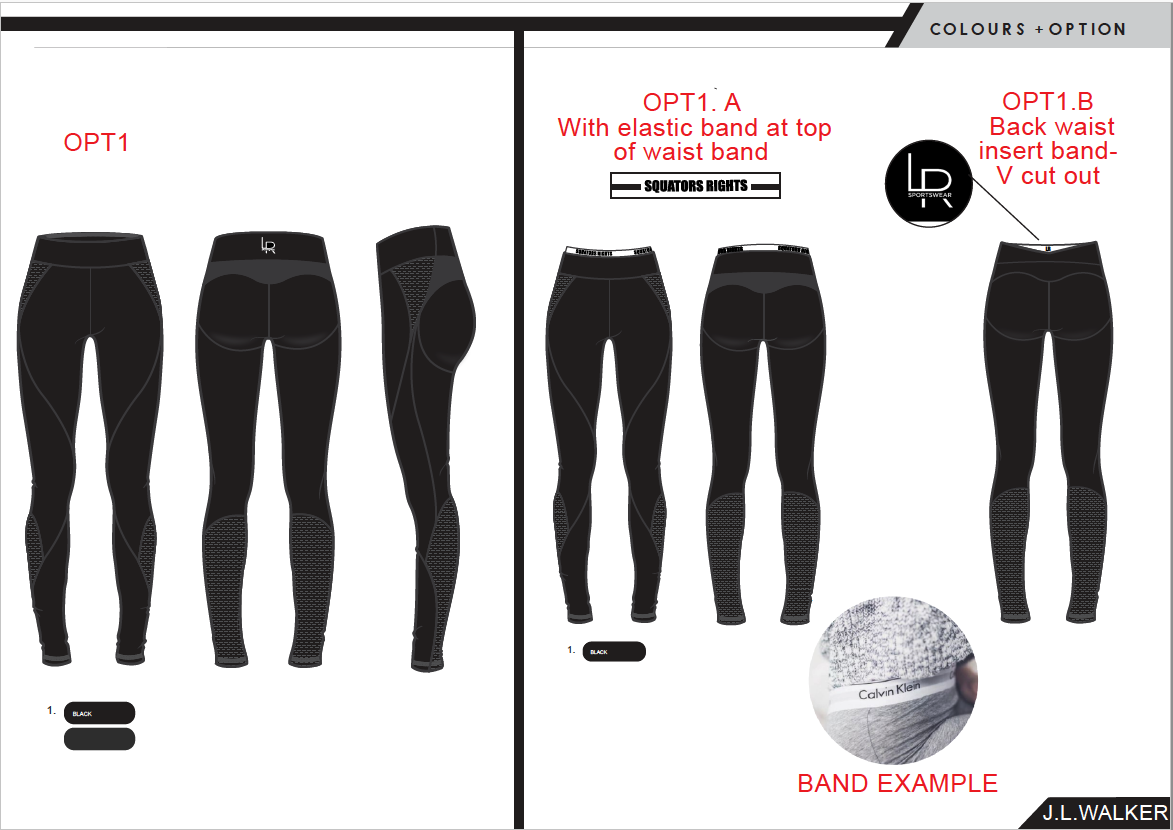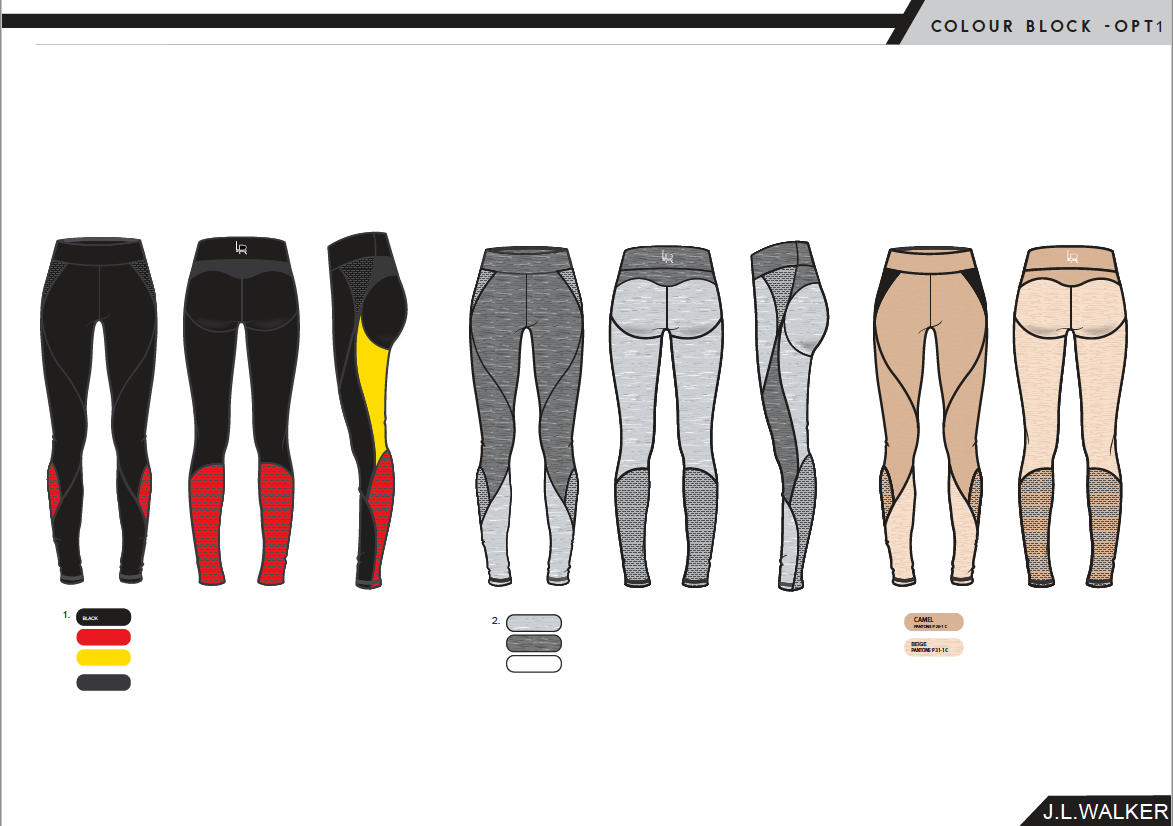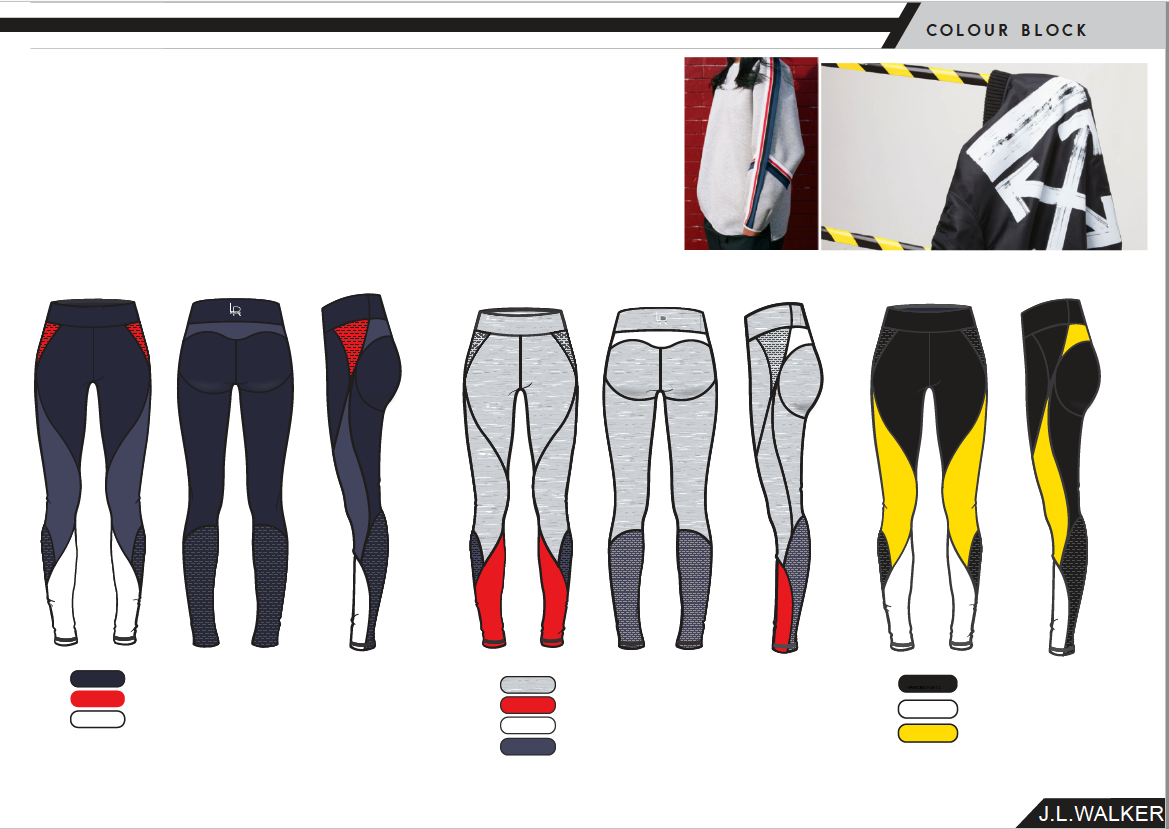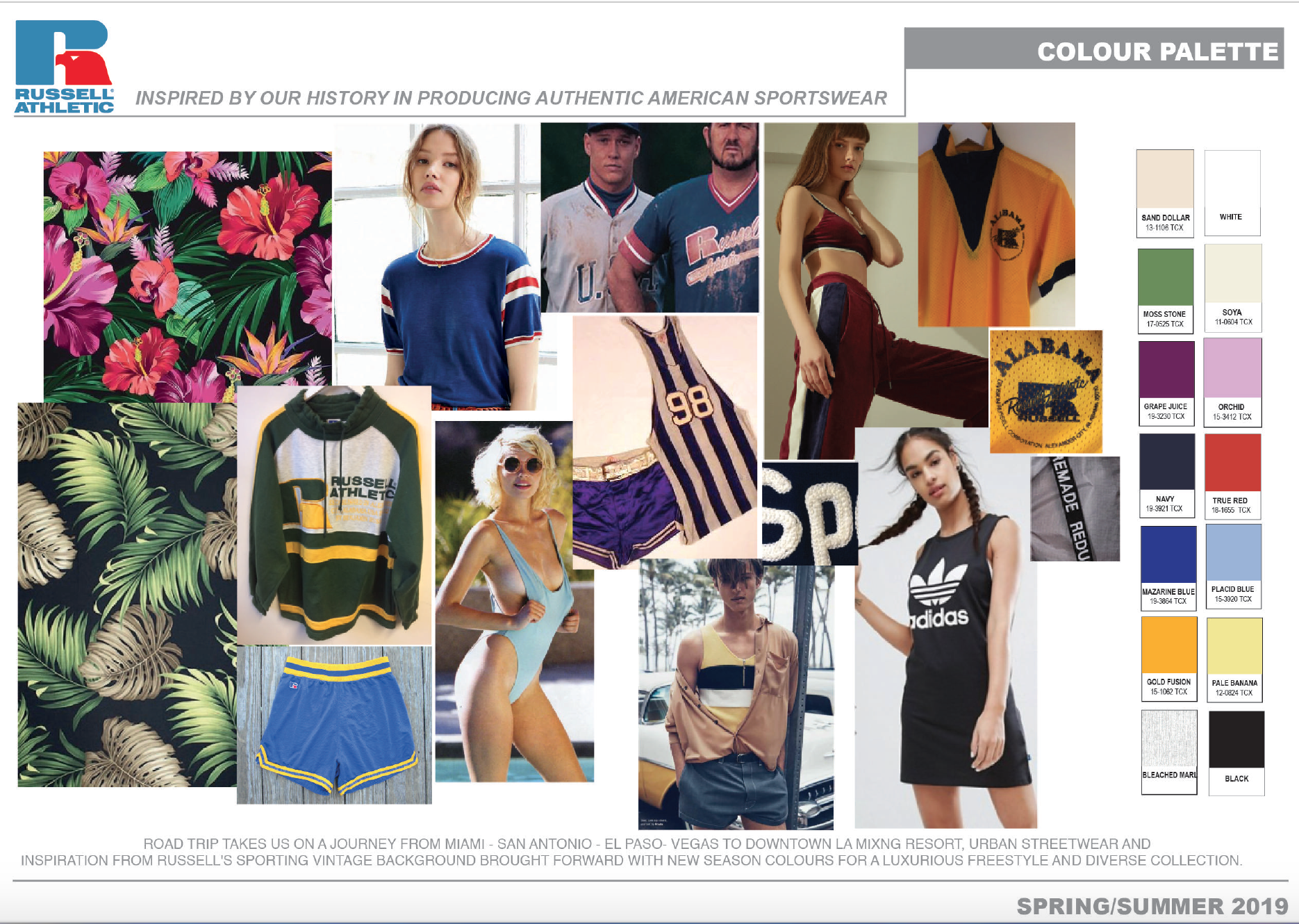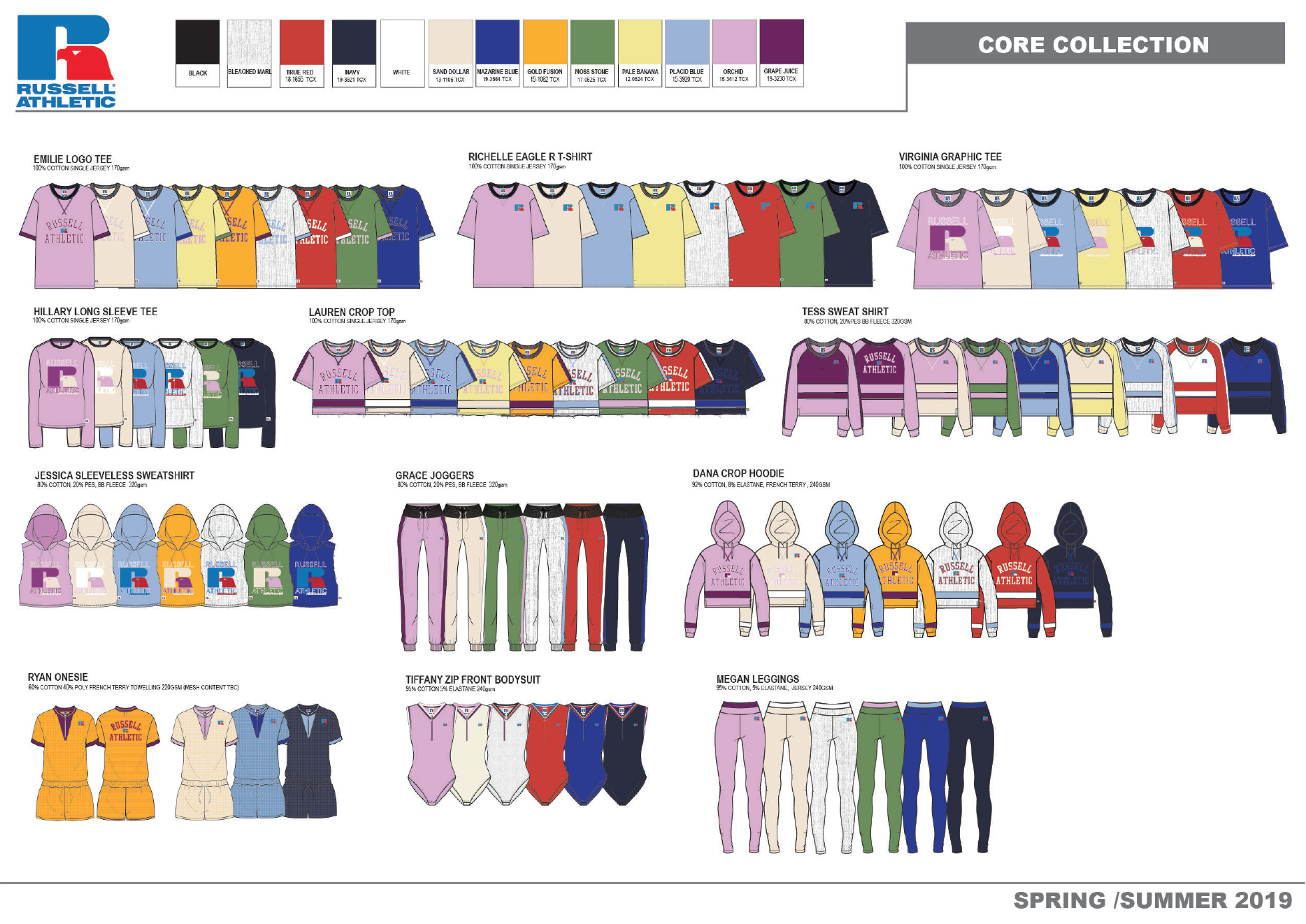Being a successful freelancer can be hard work. I moved to Auckland, New Zealand two years ago when my partner transferred with his job and thought I would get a design job straight away. A few months down the line, I was sadly no where near to finding a job.
Having a background in sportswear design and having worked with companies Adidas & Puma , I felt I had enough experience that I could take on jobs online and be able to design for people with the knowledge I had.
I started working on websites such as 'Freelancer', 'Upwork' and 'People Per Hour' and at first took on really small projects so I would get reviews, and eventually more jobs. It helped to have a good portfolio to show the work that I could do and as most of it was sportswear apparel, it gave me a speciality area. One thing I wish I had done straight away is to create a website. Once I had made a website on square space, jobs came through my email and I gained work without needing the online platforms!
Becoming a freelance designer is the first brave step, but the next step is to be a sustainable & successful freelance designer. The ideal client is someone who is professional and who is creating a brand with long term goals. You want to work with clients on a regular basis where you can build a good relationship with them and be able to make a living without having to search for new jobs on a daily basis.
Here are some of my main tips which I hope will help you (hopefully...) :
Create your own portfolio website which shows off the quality of your work. Make sure there is a contact page where people can contact you.
When people contact you, make sure you have a set rate which you stick to. This should reflect your skill set, experience and by looking at fellow freelancers around the area you are in.
Find out exactly what your clients needs are. There is nothing worse than starting the job, and realising you cant meet some of their needs. How many garments do they need designed, do they need graphics, do they want technical specs....do they need your help to fit the clothes....etc. Be open and honest with what job you can provide and send examples of your work so they know what to expect.
Keep a log book of all the jobs you are doing, do you are on the ball with all your clients. Know deadlines, when you should be sending work, invoices...etc.
Use a professional finance App which allows you to send and track your invoices. (I use Quickbooks)
When it comes to payment, be totally clear how much the quote is. I usually ask for 50% of the full amount to be paid upfront, and then send that half of the work. I then send a second invoice for the rest of the payment. There have been jobs where I have sent all of the work before being paid... and then not been paid, so now I manage the invoicing differently.
Always keep communication open and constant with your clients. If you are running behind on a job, then let your client know. If they are not happy with your work, then make sure you stay on a professional level and do the work until they are happy.
At the beginning of your freelance journey, I would say always be looking and applying for the work that you can do. Always be one step ahead so you have work coming in constantly and are not left in limbo once one project has ended.
Most of all enjoy the freedom that freelancing gives you! Stay ahead of the game, learn new skills, take on a variety of projects and have fun!
You can sign up here FREELANCER.COM - https://www.freelancer.com/get/jessw18

